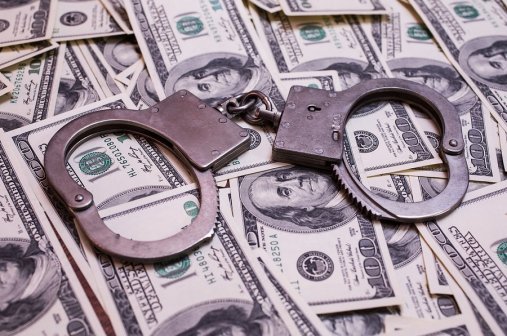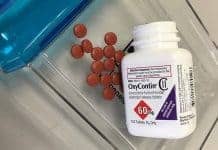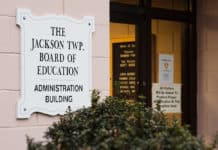
NEWARK – Five people have been charged and two others have pled guilty in a $93 million health care fraud scheme.
The case involves a massive durable medical equipment and genetic cancer screening kickback fraud schemes according to Acting U.S. Attorney Rachael A. Honig. She reported that Thomas Farese, 78, of Delray Beach, Florida; Pat Truglia, 53, of Parkland, Florida; Domenic J. Gatto Jr., 46, of Palm Beach Gardens, Florida; and Nicholas Defonte, 72, and Christopher Cirri, 63, both of Toms River, are each charged by complaint with conspiracy to commit health care fraud.
Two additional individuals pleaded guilty: Brian Herbstman, 46, of Jackson, pleaded guilty to a charge of conspiracy to commit health care fraud and to violate the Anti-Kickback Statute; and Sean Hogan, 48, of Old Bridge, also pleaded guilty to a charge of conspiracy to engage in money laundering. Sentencing for both is scheduled for August 3.
According to case documents and statements made in court:
Each of the defendants played a role in defrauding health care benefit programs by offering, paying, soliciting, and receiving kickbacks and bribes in exchange for completed doctors’ orders for durable medical equipment (DME), namely orthotic braces:
• Farese, Truglia, Gatto, and their conspirators had financial interests in multiple DME companies, which paid kickbacks to suppliers of DME orders, including Cirri, Defonte, and Truglia. In exchange for DME orders, the DME companies fraudulently billed Medicare, TRICARE, CHAMPVA, and other health care benefit programs. The defendants concealed their ownership of the DME companies by using straw owners, who were falsely reported to Medicare as the owners of the companies.
• Truglia, Cirri, Defonte, and their conspirators owned and operated multiple call centers through which they obtained DME orders for beneficiaries of Medicare and other federal health care programs. The call centers paid illegal kickbacks and bribes to telemedicine companies to obtain DME orders for these beneficiaries. The telemedicine companies then paid physicians to write medically unnecessary DME orders. The orders were provided to DME supply companies owned by Farese, Truglia, Gatto, and others in exchange for bribes. The DME supply companies provided the braces to beneficiaries and fraudulently billed the health care programs.
• Herbstman and his conspirators had financial interests in multiple DME companies. The DME companies paid kickbacks to suppliers in exchange for DME orders, which the DME companies fraudulently billed to Medicare, TRICARE, CHAMPVA, and other health care benefit programs.
• Hogan and his conspirators agreed to launder the proceeds of the health care fraud conspiracy. From March 2018 to October 2019, Hogan and others withdrew approximately $1.16 million in ill-gotten gains.
Herbstman and his conspirators had business relationships with call centers through which they obtained patient referrals for genetic cancer screening tests. Herbstman provided these patient referrals to others in exchange for kickbacks and bribes from companies that performed the tests and fraudulently billed them to health care programs.
The defendants caused losses to Medicare, TRICARE, and CHAMPVA of approximately $93 million. The charge of conspiracy to commit health care fraud is punishable by a maximum potential penalty of 10 years in prison and a fine of $250,000, or twice the gross profit or loss caused by the offense, whichever is greater.
Charges of conspiracy to violate the federal Anti-Kickback Statute and conspiracy to commit health care fraud, to which Herbstman pleaded guilty, are punishable by a maximum potential penalty of five years in prison and a fine of $250,000, or twice the gross profit or loss caused by the offense, whichever is greater.
The charge of conspiracy to transact in criminal proceeds, to which Hogan pleaded guilty, is punishable by a maximum potential penalty of 10 years in prison and a fine of $250,000 or twice the gross profit or loss caused by the offense, whichever is greater.






